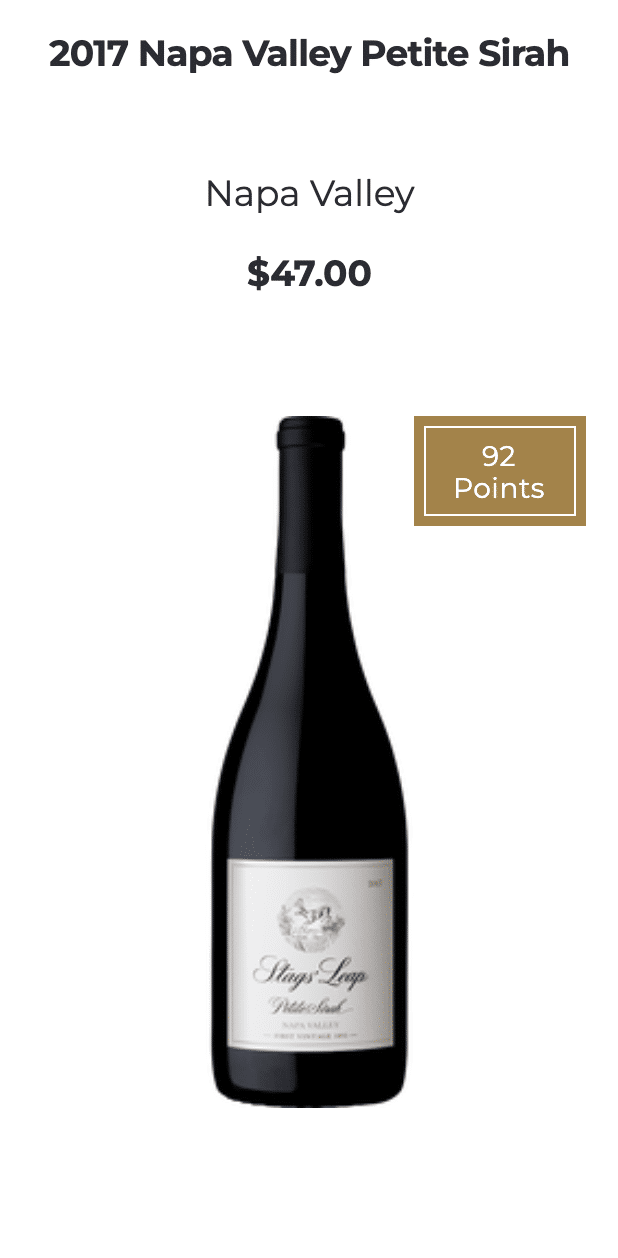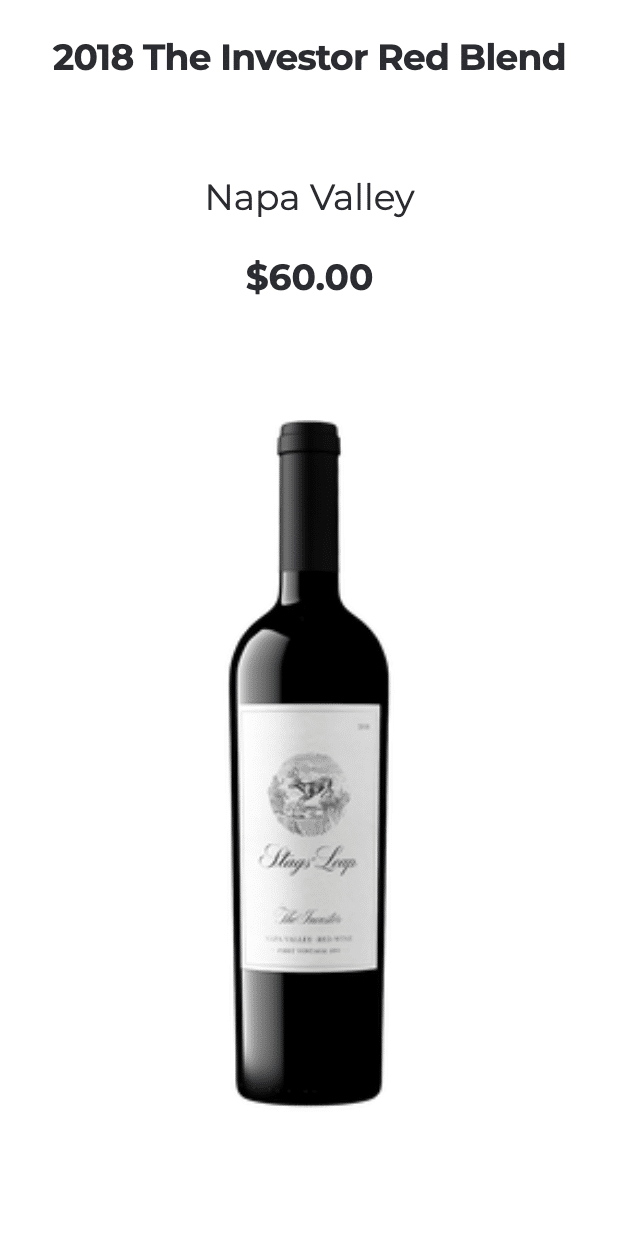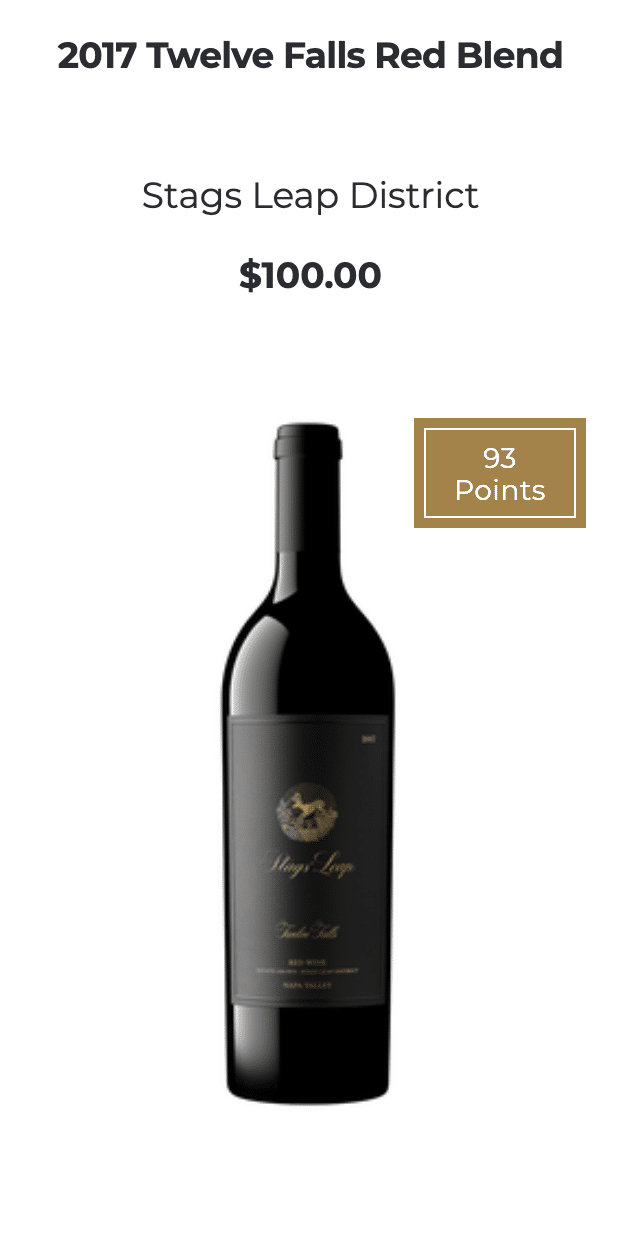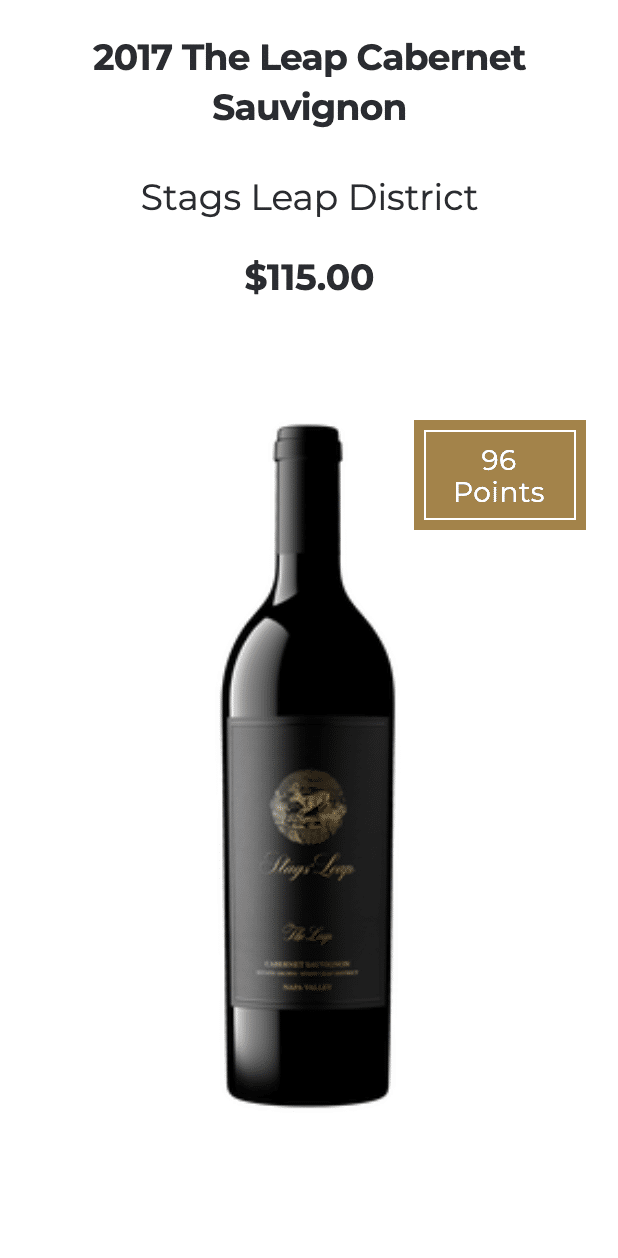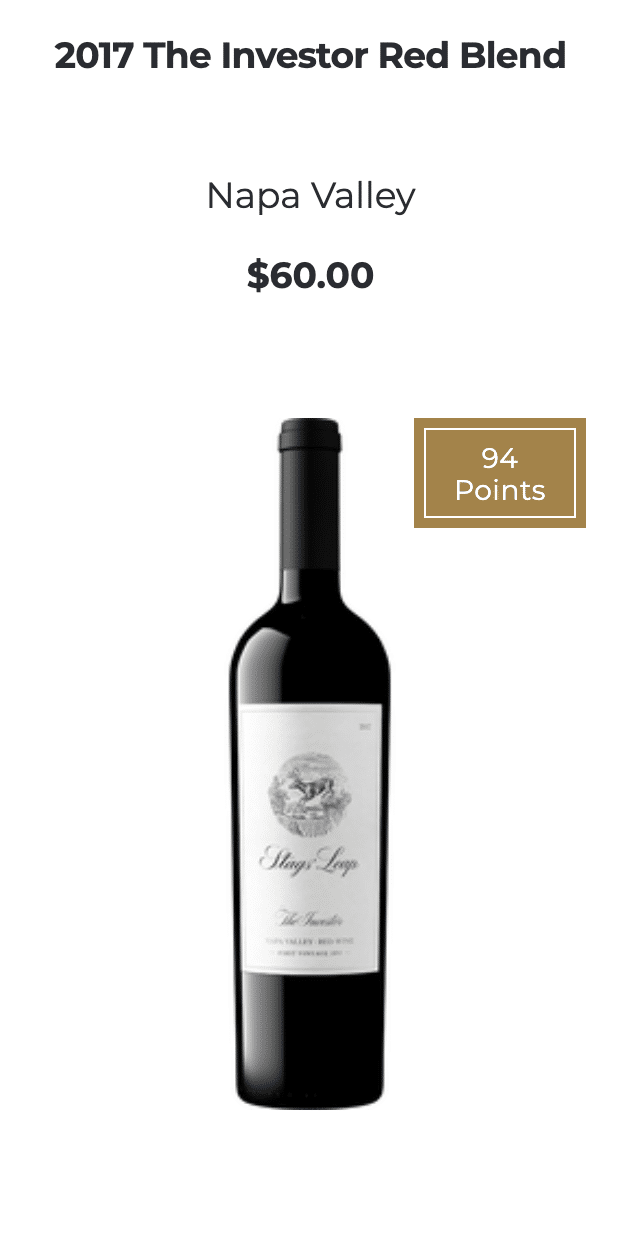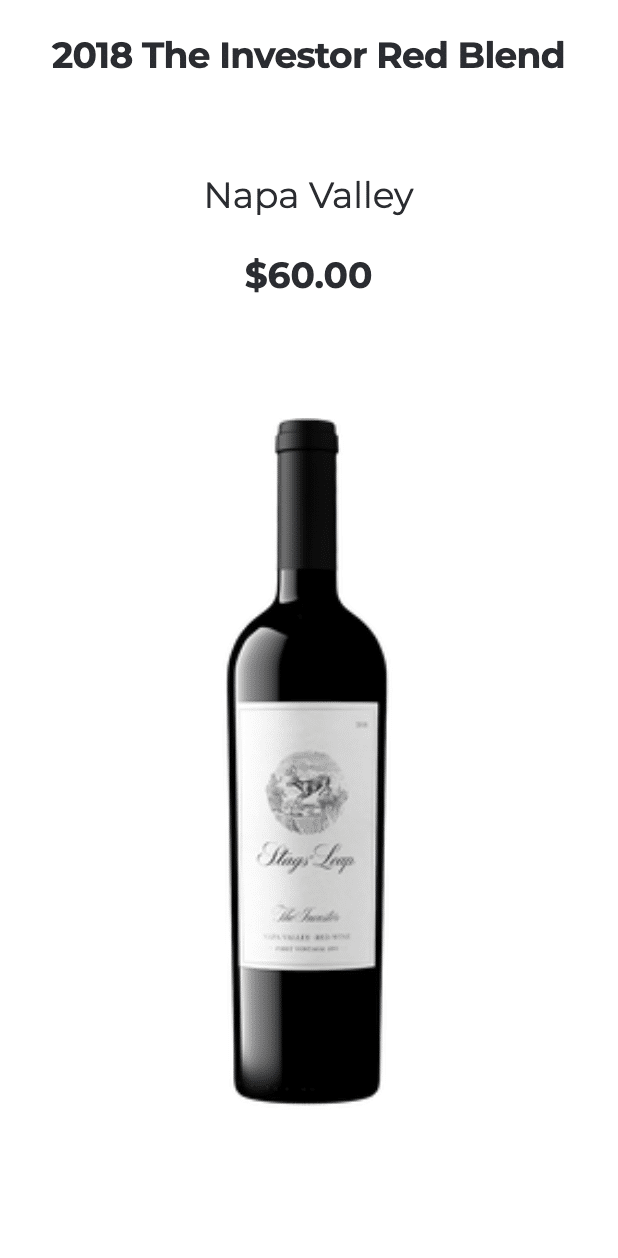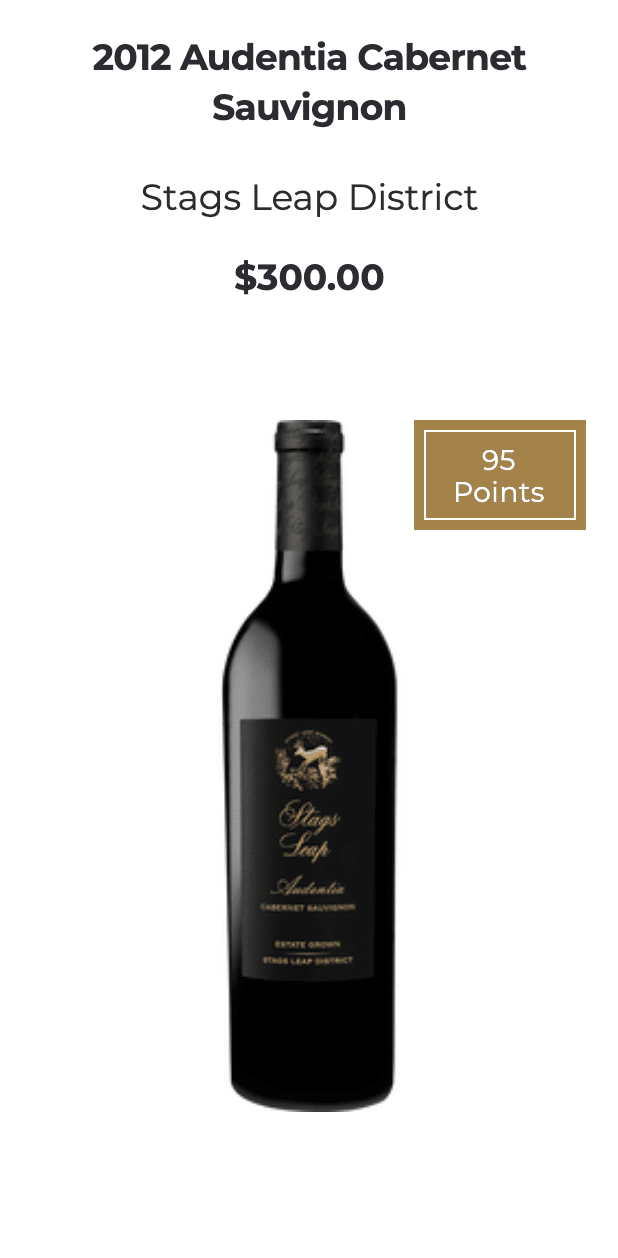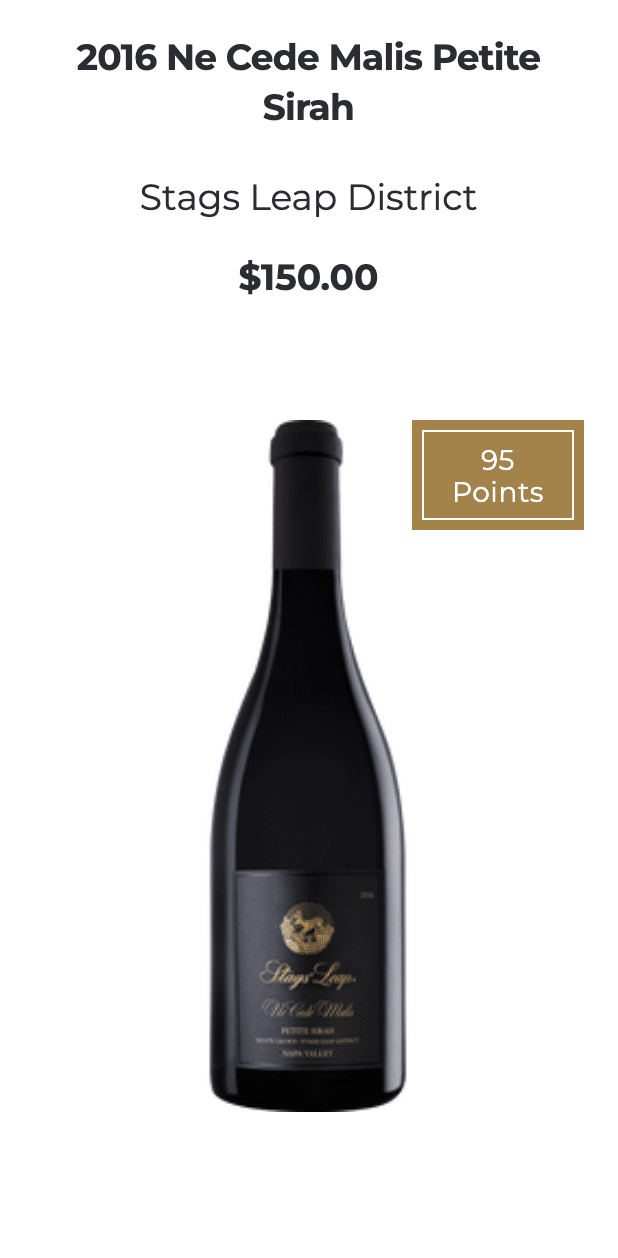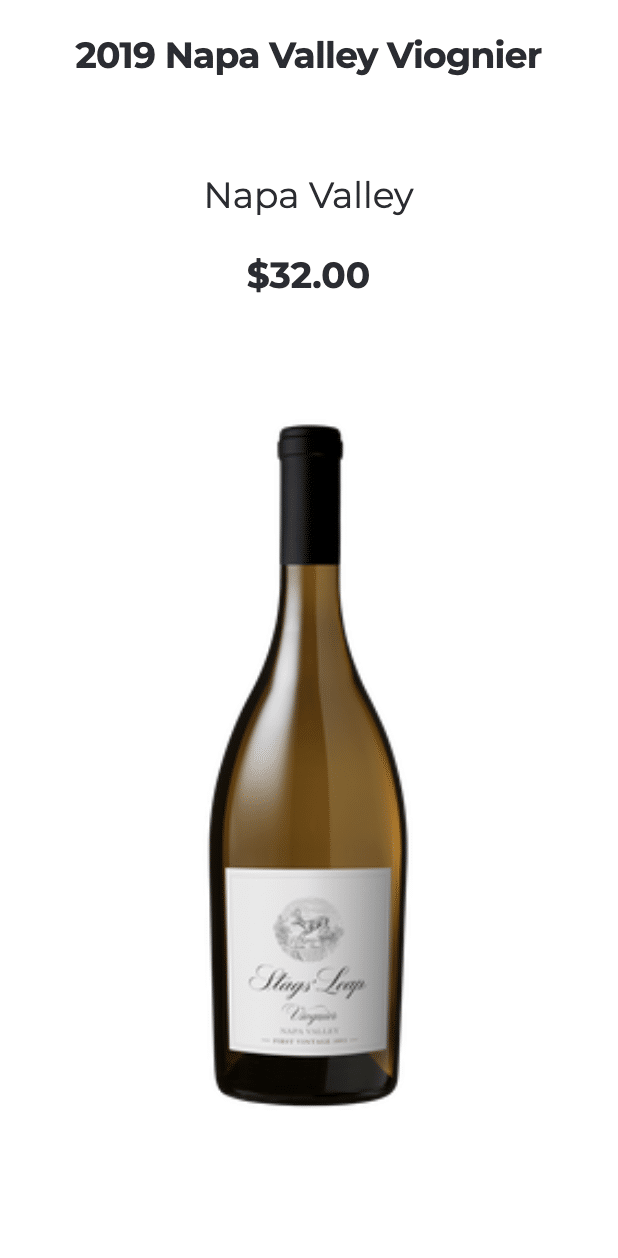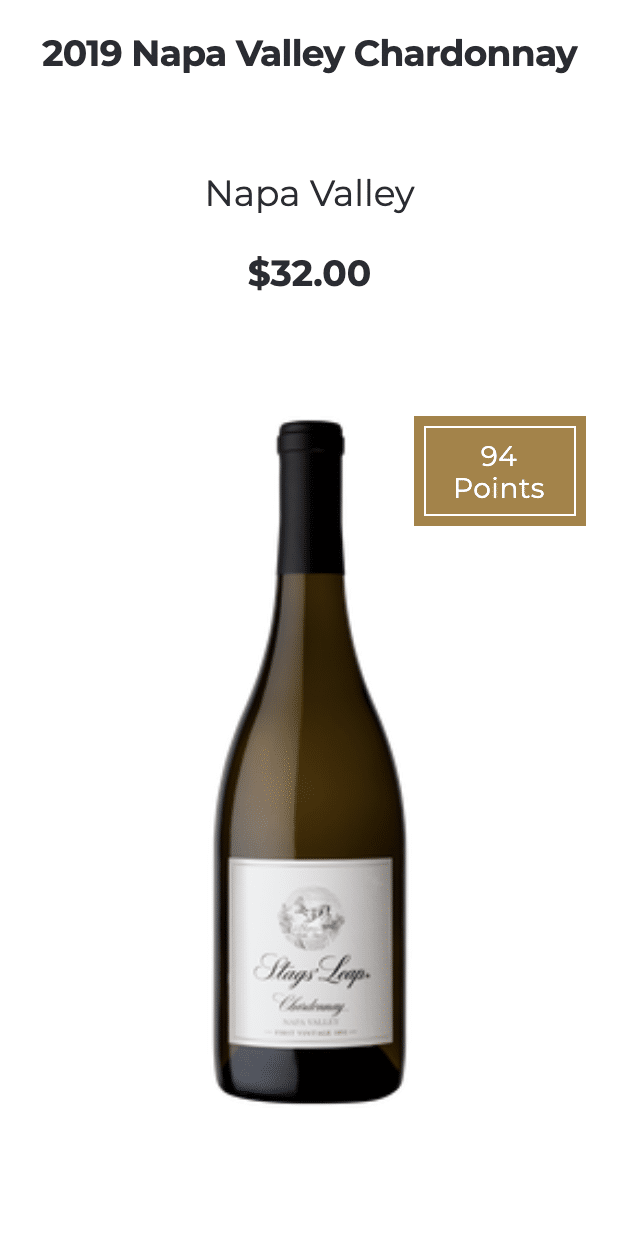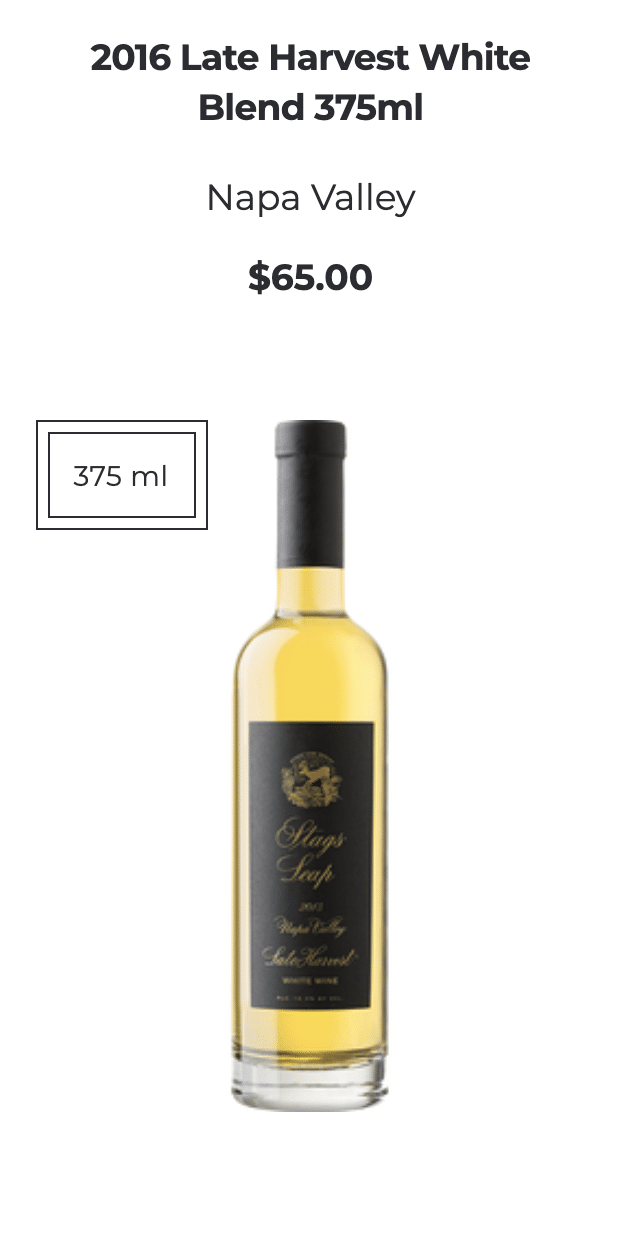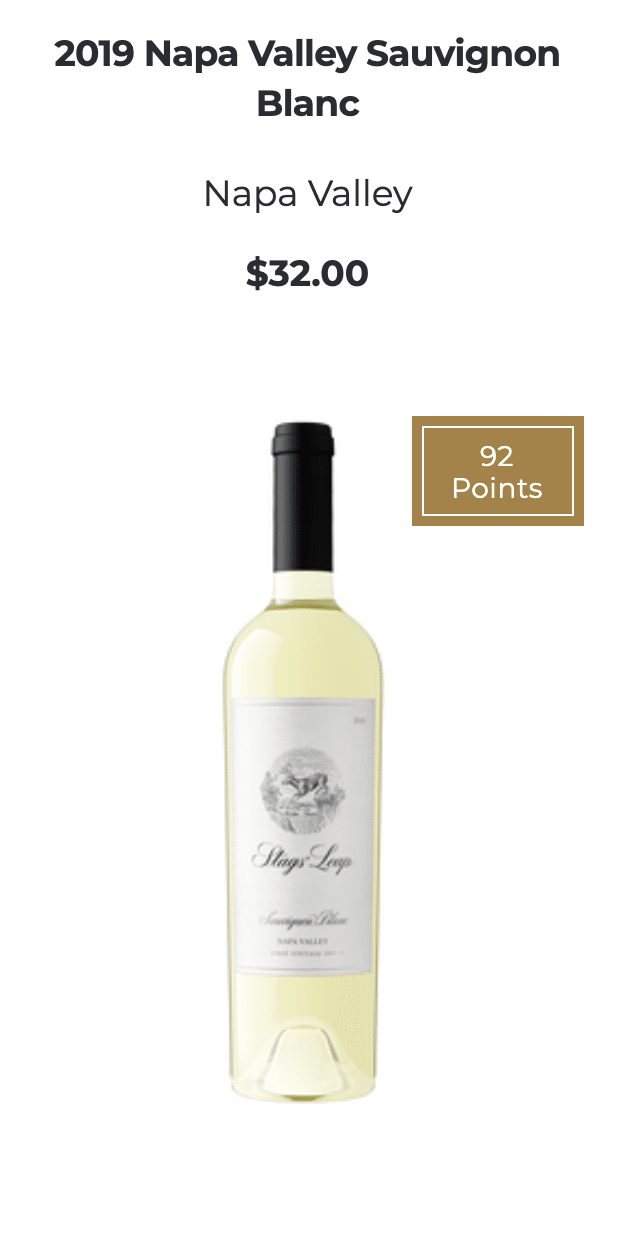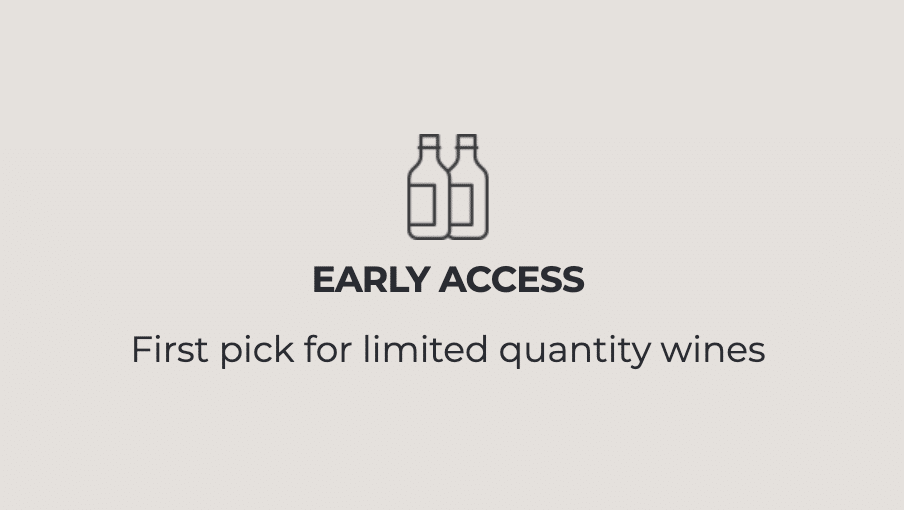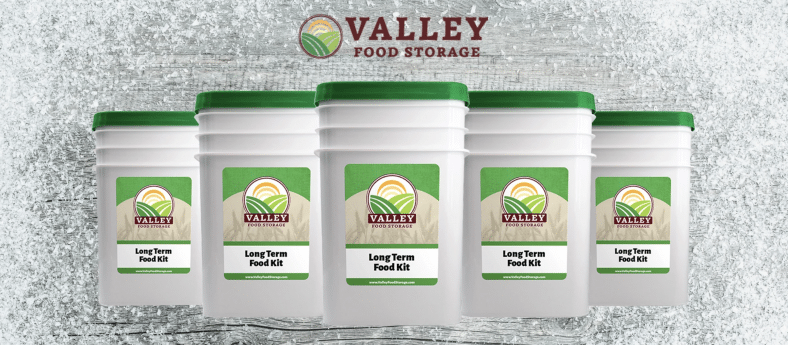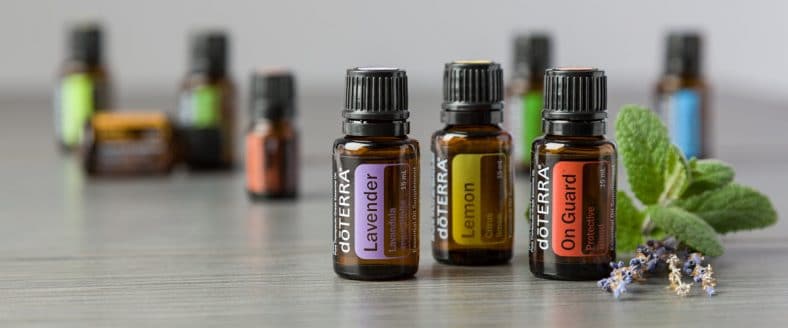
- Home
-
Reviews
- Adult
- Appliances
- Baby & Kid
-
Beauty & Fashion
- Instasmile – The Complete Review
- JEMMA Bag – The Complete Review
- LashLiner – The Complete Review
- LuLaRoe Denim – All You Need To Know
- MIG Organics – The Complete Review
- MIG Living: The Complete Review
- Pomifera – The Complete Review
- Snap On Veneers: What You Need To Know
- Teadora Beauty: The Complete Review
- Tori Belle
- Cars
- Direct Sales Companies
- Electronics
- Food
- Gifts
- Health & Fitness
- Hobby & Crafts
- Home & Garden
- Kitchen & Dining
- Money
- Office
- Outdoors
- Pets
- Popular
- Software
- Travel
- About
- Contact Us
- Weglot Switcher




